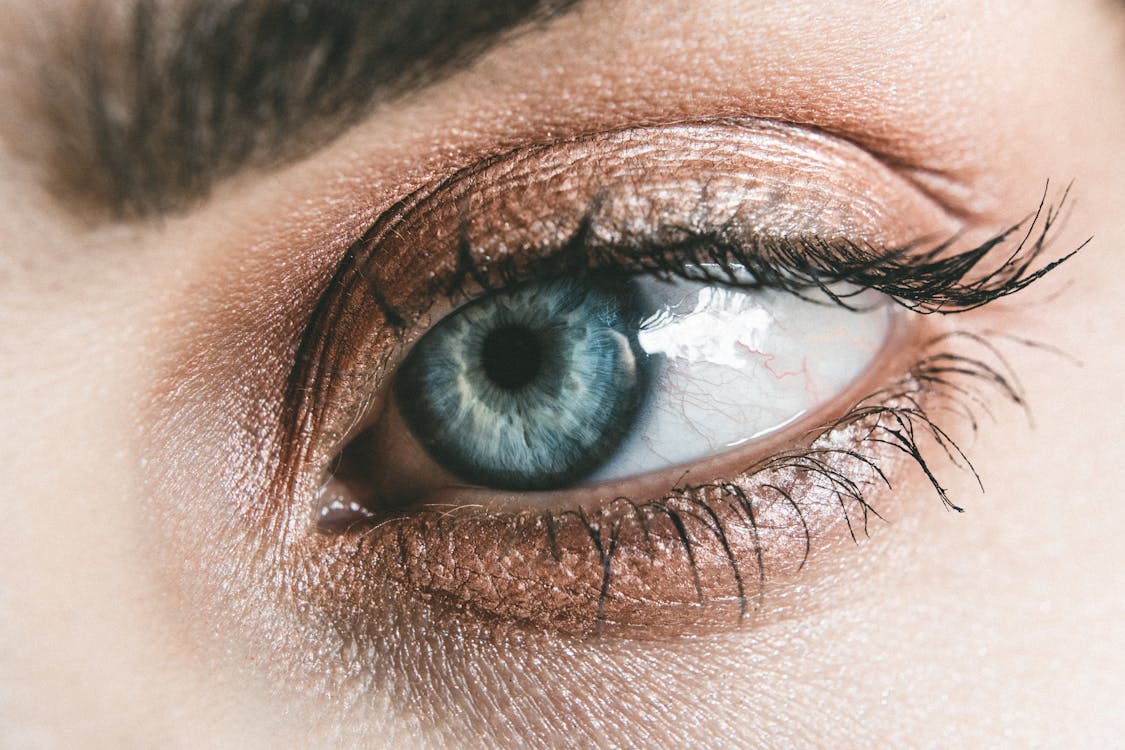
Having less than clear vision can greatly interfere with your work and your ability to lead a normal life. Moreover, your vision problems could have many possible causes and can take many forms. Nonetheless, the good news is that you don’t have to suffer with your poor vision forever. There are many different treatment options available no matter whether you’re suffering from myopia (near-sightedness), hyperopia (far-sightedness), astigmatism or some other form of eye problems. In light of this, here are four options that may finally allow you to have that 20/20 vision you crave.
Corrective Lenses
The most obvious option for people suffering from poor or blurry eyesight, corrective lenses like glasses and eye contacts are an easy, painless way to instantly improve your vision. In recent decades, more and more individuals are opting to go with contact lenses over glasses. Although they obviously require a bit more work and diligence than glasses, the beauty of contact lenses are that they ensure your vision remains perfect throughout the day without having to worry about losing or breaking your glasses.
LASIK Surgery
The most popular type of refractive eye surgery, LASIK (laser-assisted in situ keratomileusis) is a procedure that can be used to treat near-sightedness, far-sightedness and astigmatism. LASIK involves using a laser to reshape the cornea to allow it to properly focus light onto your retina and thus improve your vision. Some of the major benefits to the procedure are that it is relatively painless, usually takes less than 15 minutes and provides noticeable improvements in eyesight in about a day. Nonetheless, you may still need to use corrective lenses following LASIK depending on how poor your eyesight is, and most all LASIK patients will eventually need to use reading glasses once they reach their 40s or 50s.
Photorefractive Keratectomy
Photorefractive keratectomy (PRK) is another type of refractive eye surgery that has been shown to improve eyesight. PRK was actually the first laser eye surgery approved by the FDA, and it has begun to make a comeback in recent years after studies have shown that it provides quite similar results to LASIK. The main difference between the two procedures is that PRK does not require a flap to be cut into the patient’s cornea, which reduces the chance for complications. However, the patient’s vision also improves much more slowly after PRK than LASIK, and it often takes as much as a month or more before the full results can be seen.
Implantable Lenses
Patients with a much higher level of near-sightedness will almost always have to use corrective lenses after undergoing PRK or LASIK. Nonetheless, there is one other option that may be able to provide an even greater improvement and lessen the need for reading glasses, and this involves implanting an artificial lens directly over the patient’s natural lens. Although this procedure is relatively new and only received FDA approval in 2004, there is now strong evidence that shows it can be a great option for extremely myopic patients.
Ultimately, how you choose to correct your vision will depend in large part on your specific vision issue and what is causing them. Still, the fact that your vision is so incredibly important for your overall life means it is well worth discussing these and other options with your eye doctor. No one should have to suffer with having bad eyesight, and thanks to advancements in medical technology, you now have numerous options to help you achieve your dreams of having clear vision.

